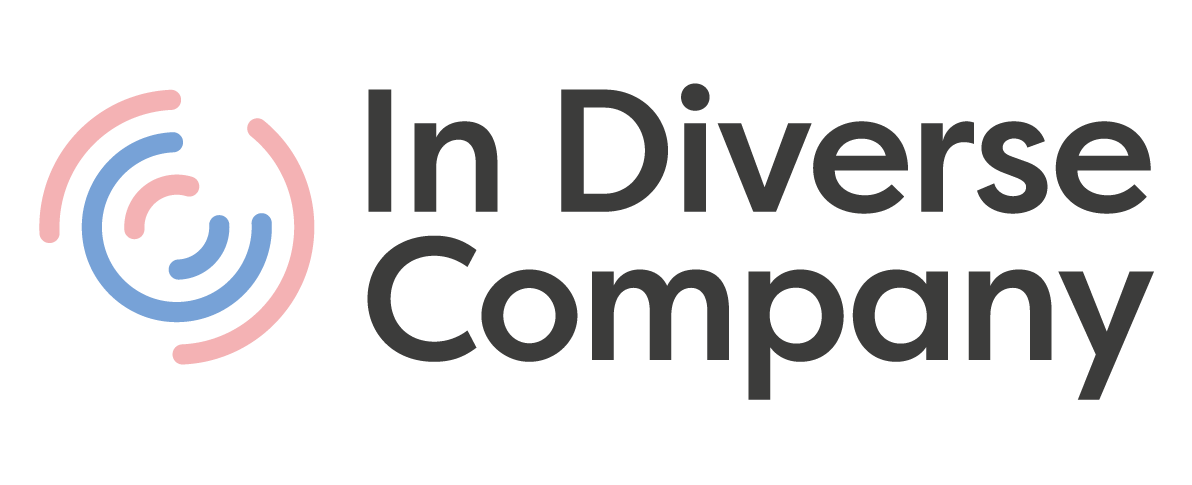By Johanna Beresford, CEO and Pooja Khajuria, Consultant – UK
Over the past few months our professional and personal lives have been so different due to lockdown. Unexpectedly and perhaps for the first time for most of us, we faced exclusion from our regular lives and a sense of isolation.
While this was temporary for us, for about 1.3 billion disabled people this exclusion and detachment is a normality. The statistics are alarming. People of working age with disabilities have an employment rate that is 28.6% lower than people without any disabilities and only about 4% of businesses focus on initiatives that include the disabled. Compared to a 75% employment rate of people without disabilities in the EU, people with disabilities experience an employment rate of only 50%. Therefore, perhaps it may not come as a surprise to learn that over 25% of people with disabilities living in the EU are at risk of poverty.
However, it is not just individuals that bear the brunt of non-inclusive workplaces, employers miss out on many untapped skills and are less likely to have a culture of innovation and creativity. Research has shown that exclusion of the disabled costs OECD countries up to 7% of their GDP.
The pandemic has compelled businesses to be at their most agile – proactively taking measures, being flexible and increased infrastructure to allow home working, video conferencing and more. Such a rapid global shift in business practices has made it evident that business can adapt changes easily. We must ensure that this momentum is not lost. Moving forward, we must make sure that websites, digital communication channels and other mainstream technologies have built in accessibility. This is especially true for an organisation’s online learning platform as they are key in ensuring employee engagement, development, and organisation culture shift.
In Diverse Company’s learning platform Include LXP strives to set the bar high for LXP accessibility. Not only do we follow the core guidelines (WCAG2) to ensure accessibility for those with visual, hearing and motor difficulties, our design features have adjustable volume and screen brightness, captions and scripts for videos and podcasts and screen reader to aid easy information consumption in all formats. We provide assistive technology to visible as well as hidden impairments that are so often overlooked.
Choice is at the heart of Include LXP, each learner has different learning styles, preferences, and needs. Most technology platforms focus on accessibility for those with visual, hearing and motor difficulties only and don’t focus on other areas of neurodiversity.
Our features and UX design support accessibility scenarios that relate to visual, hearing, motor, cognitive and neurodiversity challenges including but not limited to dyslexia, dyspraxia, autism, ADHD, dyscalculia, Mear-Irlen Syndrome, hyperlexia, Tourette Syndrome, OCD and synaesthesia.
Our design incorporates features that support challenges such as memory, organisation, and information processing. These include reiteration of core messaging, blended learning techniques, ability to return to tasks within programs, defined linear design, clear signposting, and conclusions to help retain learning and process information easily. Our learning programs do not have any deadlines, just suggested time frames to allow the user to select his/her own deadlines. For those that require structure, a series of recommended routes and pathways are available, and the user can choose a model most suited to their own needs and preference or learning. Information can be viewed in visual or text form, e.g. a graphic or description of a data set depending on a learner’s preference.
In-person classrooms have adapted over the years in recognition that we all learn differently, and to get the most of every student there must be choice in learning. The same must apply in technology, platforms must consider accessibility for all to provide the best experience for all users – creating an inclusive product. By ensuring accessibility is woven into the fabric of Include LXP, we provide an inclusive experience to every user and help our clients drive more innovative organisations that can attract and retain diverse talent.
References:
https://www.weforum.org/agenda/2020/04/covid-19-isolation-disabilities/
Photo by Bruce Mars on Unsplash






